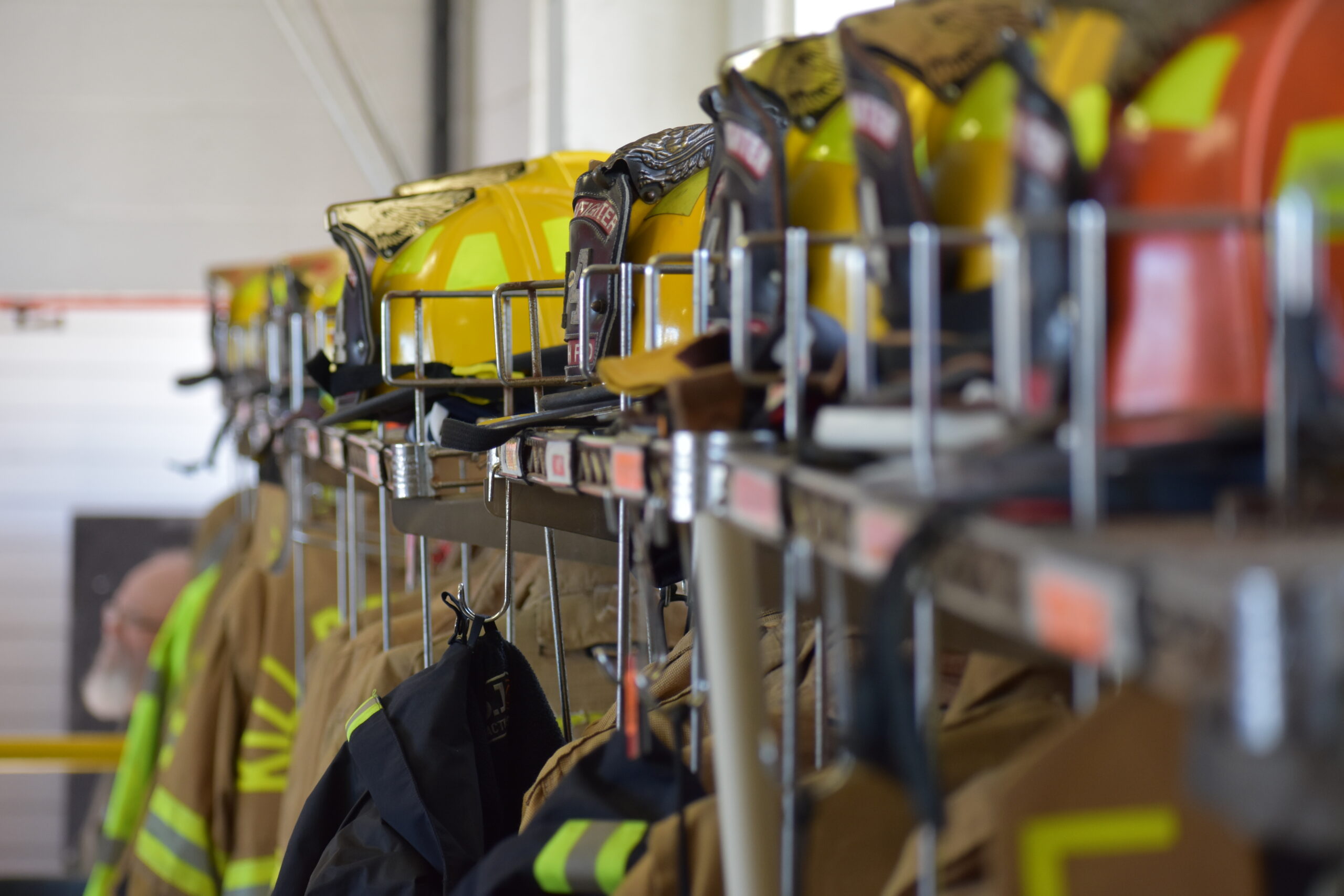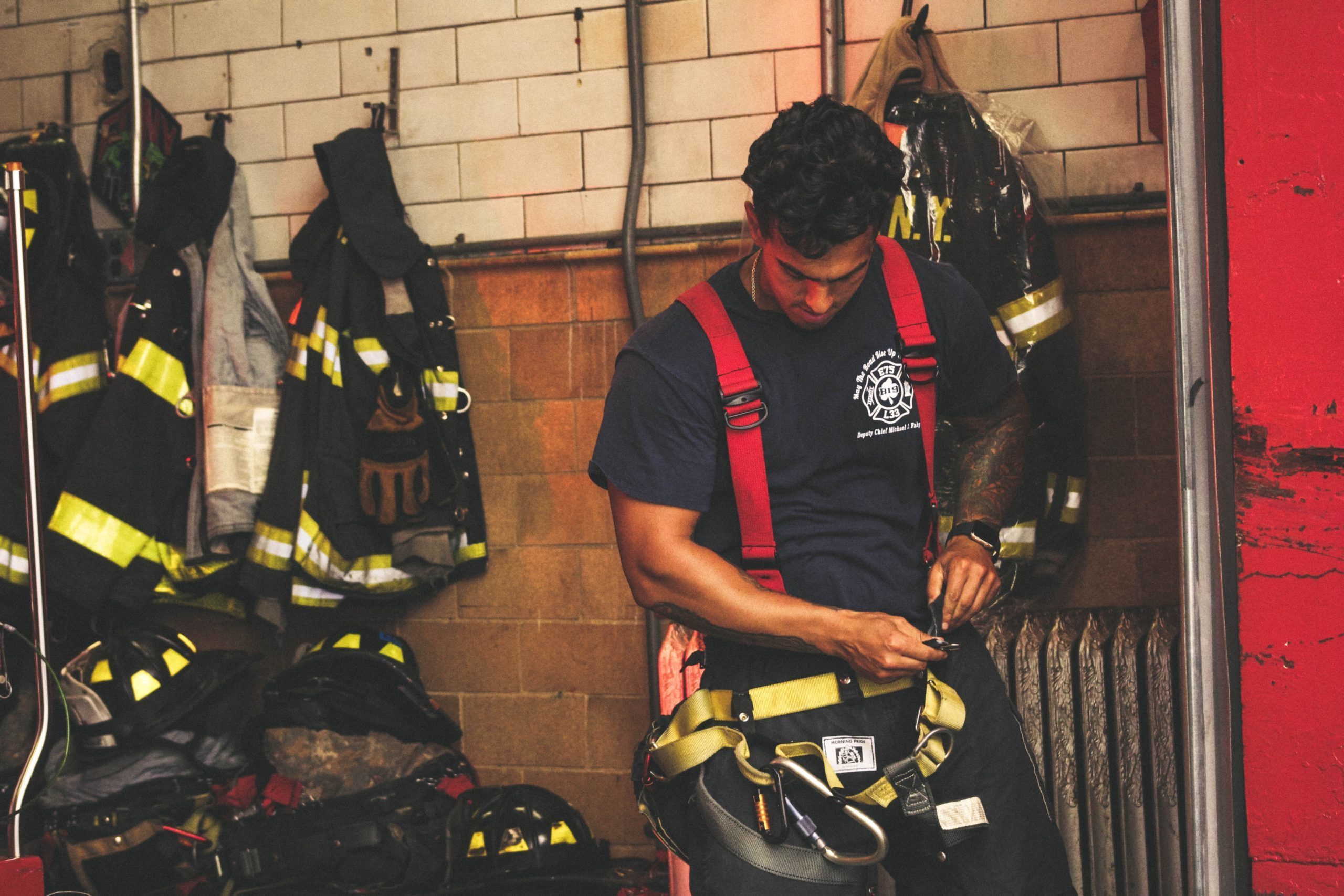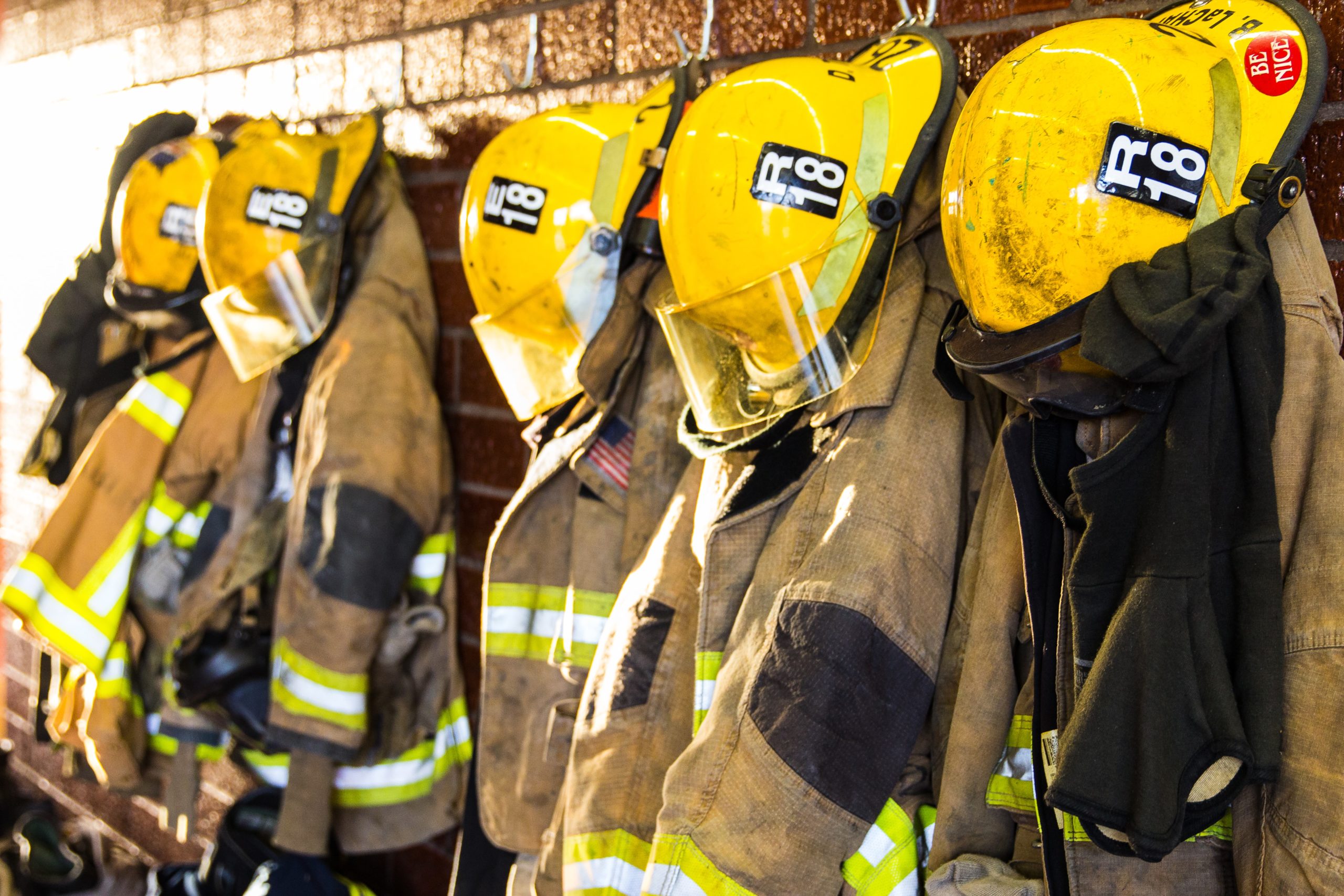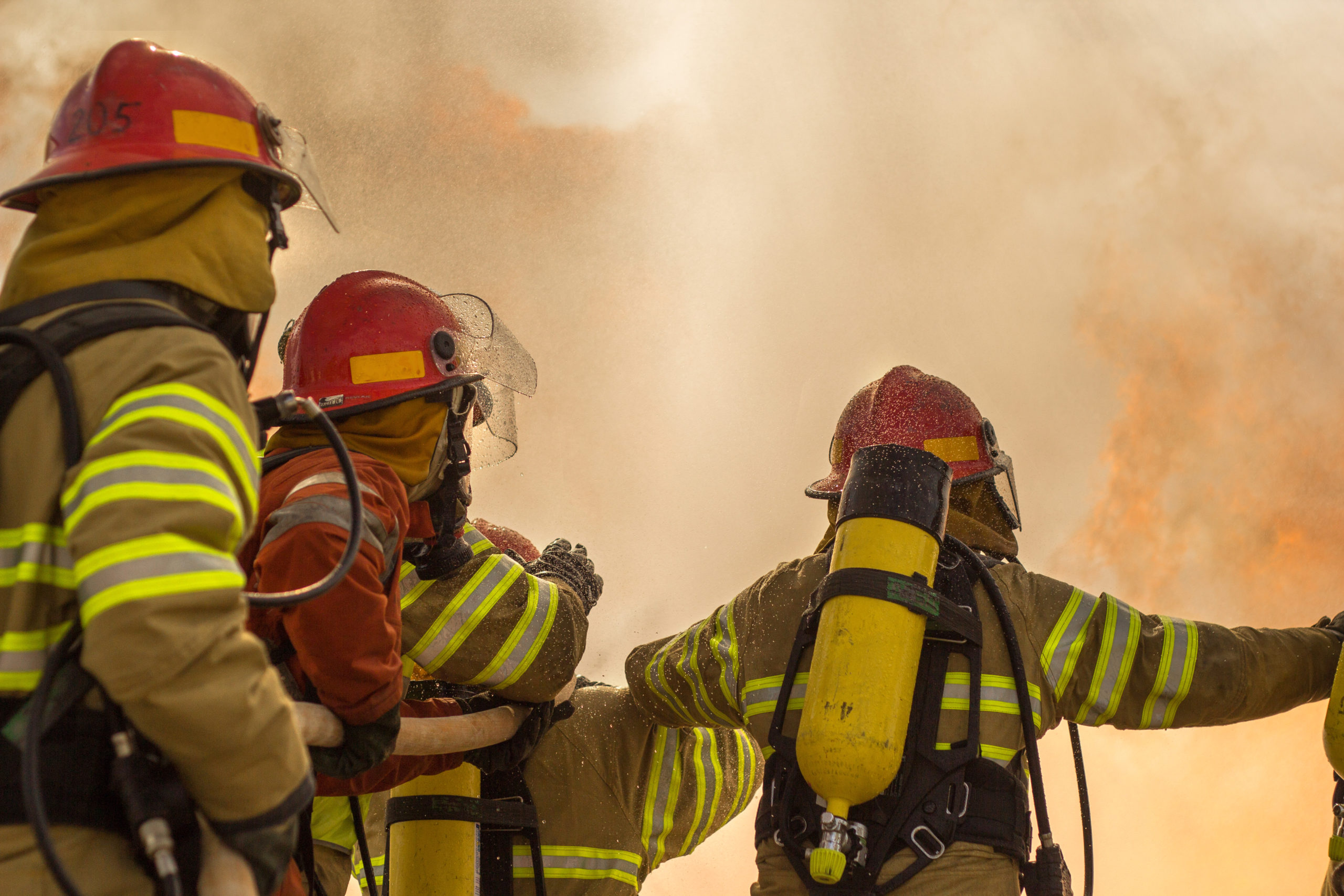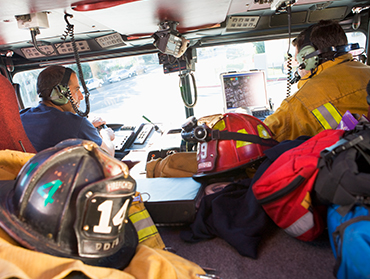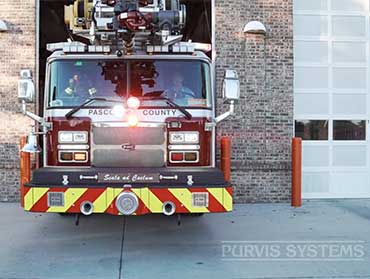- Home
- Archive for "Public Safety"
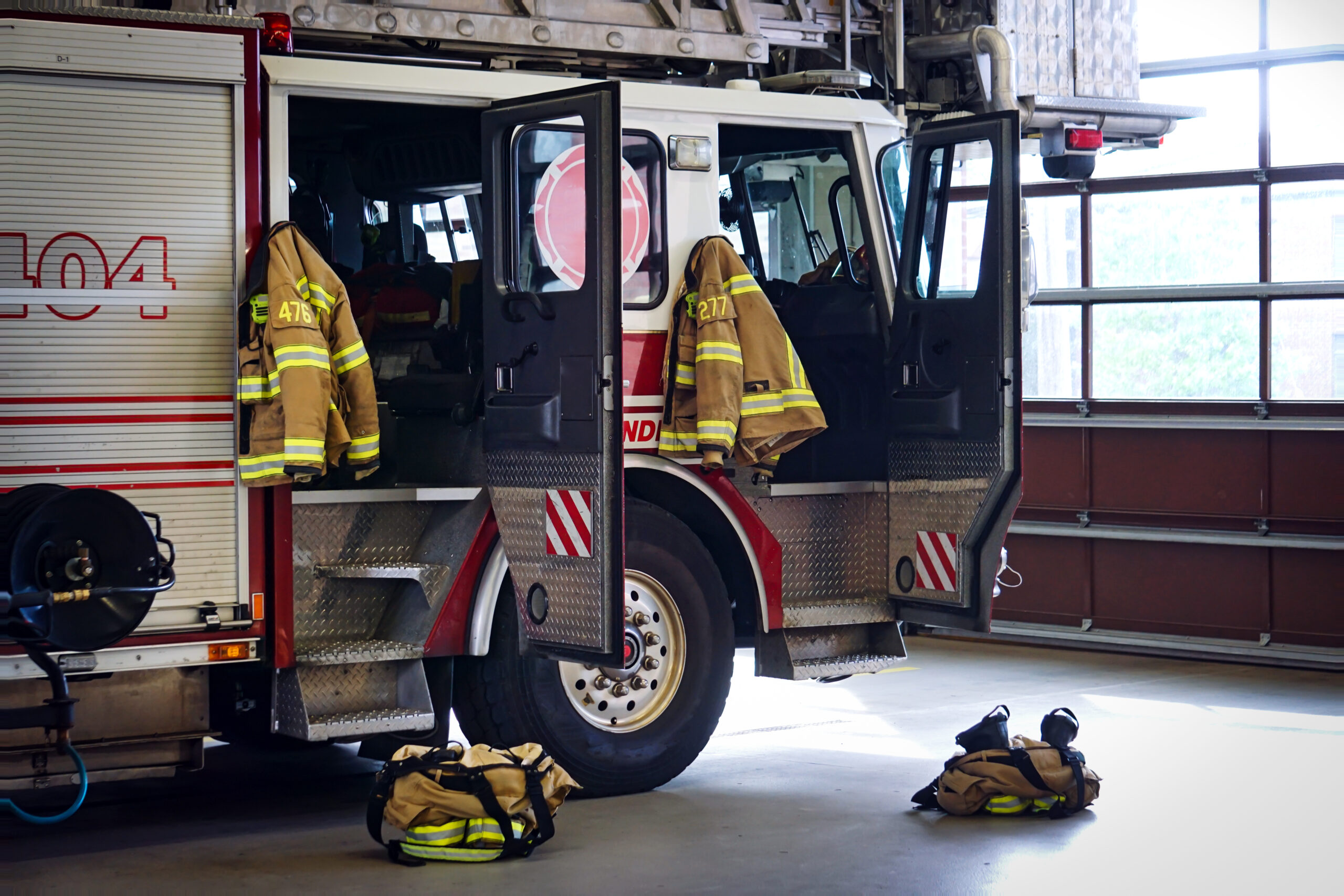
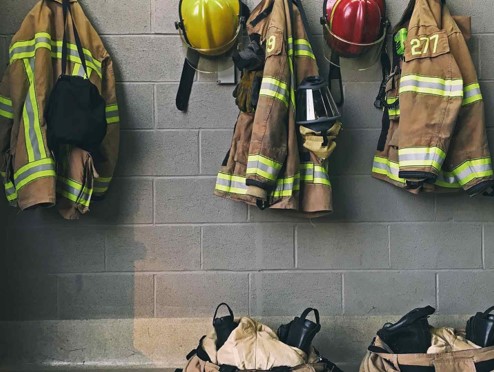
Beyond the Alarm: The Definitive Guide for Building Your Fire Station Alerting System
About the eBook Your fire department alerting system plays a vital role in your overall response process, and its functionality should be tailored to your department. Additionally, first responder technology that is modernized and highly configurable helps save more lives, decrease response times & improve your community’s ISO fire rating. Whatever your objective—replacing or upgrading […]
Continue Reading
Systems and Data Integration in Public Safety
About the Case Study It’s an all too common problem. Public safety information systems do not produce needed results due to outdated technologies or stand-alone systems that are unable to “talk†to each other. Fire departments, police departments, emergency response agencies, and dispatch centers shouldn’t have to compromise on their supply of quality information simply […]
Continue Reading
National Institute of Health Case Study
About the Case Study The National Institutes of Health found its public safety facilities and systems in need of upgrading. Existing technologies to support fire, police, emergency management, etc., were not integrated, causing challenges with communicating and collaborating. The NIH sought help in delving into the complex organization, evaluating both technology and business processes. It […]
Continue Reading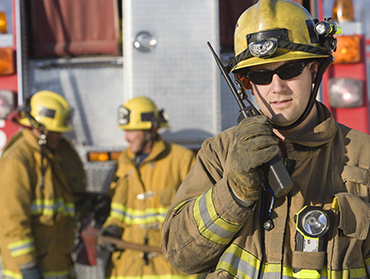
Northampton, MA Case Study
About the Case Study Under their previous alerting system, a dispatcher would take a call, enter pertinent information, and then had to manually page relevant units with those details, often times leaving distressed callers on hold for extended periods of time. Now, under the PURVIS FSASâ„¢, once dispatchers are done typing in essentials about an […]
Continue Reading
DC Case Study
About the Case Study The DCFD, like many others in the United States, had reached a point where its radio-based Fire Station Alerting System (FSAS) was nearing the end of its economic and practical life. The current system had been in operation for over 10 years and had become increasingly unreliable, requiring frequent repairs. Further, […]
Continue Reading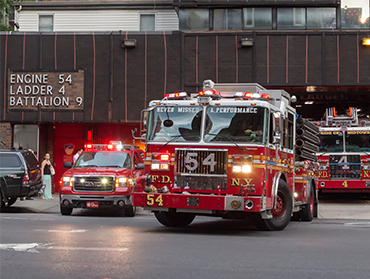
Case Study: PURVIS Fire Station Alerting System Improves FDNY’s Overall Operations
About the Case Study The Fire Department of New York (FDNY) recognized the need to upgrade their decades-old emergency reporting systems, including fire incident dispatch, with an updated network that can handle high demand and meet modern operational requirements. The new station alerting systems also needed to support interfaces with the New York Police Department […]
Continue Reading